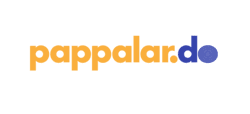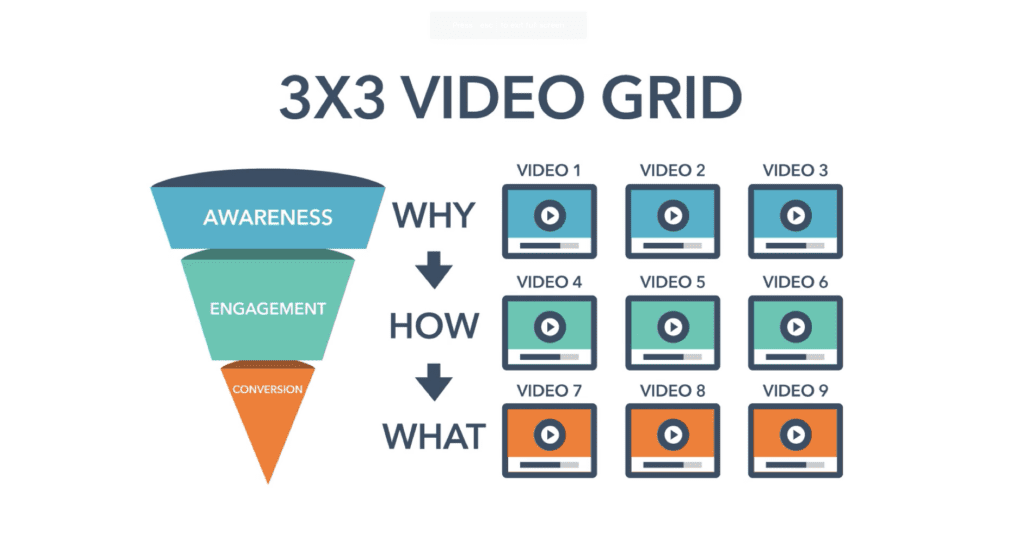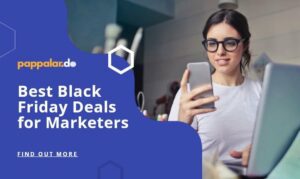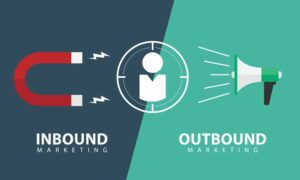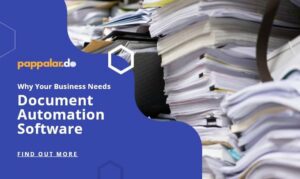We all know that online advertising is changing faster than most of us can keep up with. We all know that it’s important to keep our ears to the ground to learn how others are having success with different tactics.
I ran across one a few weeks ago that I’m excited to share. It’s based around Dennis Yu’s Dollar a Day Facebook Strategy and there’s a full course on this strategy on HubSpot’s Academy. The images that I use in this post come from that post. Check it out. Seriously.
Okay, let’s jump in.
This idea is based around three relatively simple concepts, and as we see in the third point,. it leverages video to judge a user’s interest level and engagement.
1. Your Prospect’s Buyer’s Journey
That journey looks more or less like this:
- Awareness
- Engagement
- Purchase
During the awareness stage, you are showing content that answers the “Why?” of your service or product.
During the engagement stage, you are focused on answering the “How” of your service or product.
During the purchase stage, you are answering the “What” of your service or product.
I think it’s important to note that here one of the tenants of Inbound Marketing and Inbound Sales, which is to talk to your prospects in the way that they buy. To infringe on the golden rule, talk to people the way that you want to be talked to. We don’t want an ad to come out of the woods asking us to go talk to a life coach. I mean, I don’t even know what that is!
Instead, show me the benefits of the life coach (the Why), and if I engage with that then show me a few of the things that I’ll learn (the How), and finally if I engage with that, introduce me to your brand and plant the purchase seed in my head (the what). If you jump to the end, then you haven’t earned the right to ask me to buy, your campaigns will fall flat, and you’ll risk throwing away your advertising dollars.
Even worse, 84% of people say that they are less likely to buy from a brand if a salesperson from that brand contacts them unexpectedly and without permission. While this stat is referring to cold calls (the worst), I think there’s a useful lesson – you can lose brand equity if your sales pitch seems random and/or intrusive to your prospects.
Facebook Custom Audiences
One of the most powerful parts of this strategy is that it leverages Facebook Custom Audiences in a really sharp way. If you’re unfamiliar, Facebook Custom Audiences allow you to target Facebook users based on the many, many, many of the data points that Facebook knows about their users. Looking for recently engaged women under 40 within 25 mikes of your office for your bridal business? Easy! Need to find a bunch of Creative Directors for your new design app? Done! Need to find Marketing Directors for your digital agency? I do! Facebook Custom Audiences make it easy.
But you can get even more sophisticated than this. Let’s think back to our previous point, where we are committed to educating and nurturing our prospects through a an Awareness, Engagement, and Purchase strategy. Let’s also, as an example, assume that you have a lead list that you’re going to try to nurture into customers.
To start, you’ll upload your lead list as a new Custom Audience. Let’s call this audience the Awareness group.
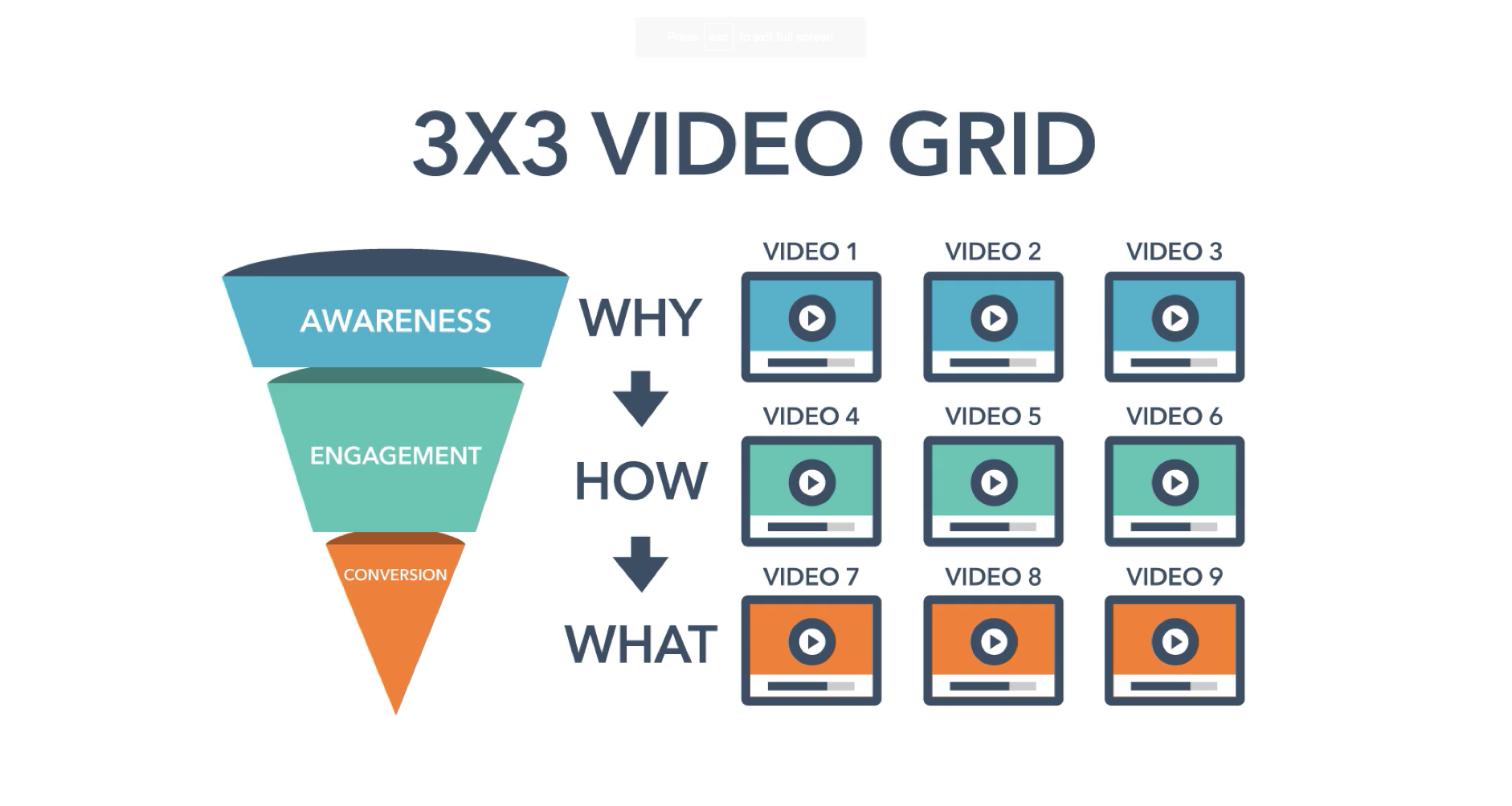
We will show this group some video ads (more on this in a bit) and, depending on how they respond to the ad, we’ll do one of two things.
If we show the person an ad and they respond well to it, we’ll move them on to the next stage. If they don’t engage with the ad, then we show a different ad from that same stage.
Ideally, each stage would have 3 video ads. So, you’d make three awareness ads, three engagement ads, and three purchase ads. To start, we’d show our Awareness group Awareness Ad number 1. If they engage with that ad, then we remove them from our Awareness group and add them to a new group, which we’ll call the Engagement group. Guess what type of ads we’ll show the Engagement Group? That’s right! Engagement ads.
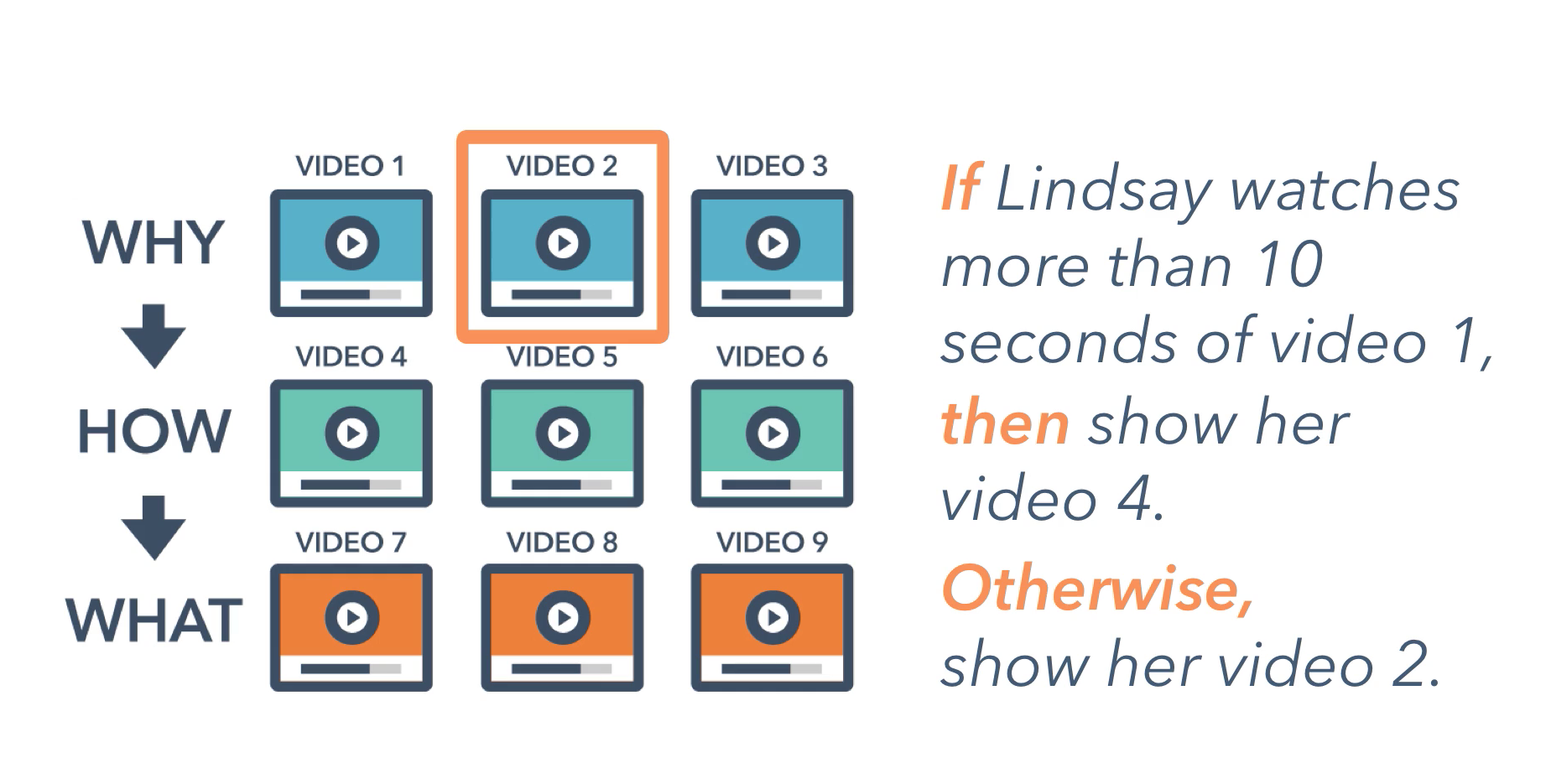
Let’s say we show the prospect an Engagement Ad and they don’t interact with it. That’s okay because we have Engagement Ads 2 and 3 queued up to show. These ads should fundamentally be the same, although they focus on a different feature, use different imagery, or try out different copy.
After 30 days, if the prospect hasn’t engaged with our Engagement Ad, we say “forget it” and we either remove them from the list entirely or bump them back to the Awareness stage.
If they do engage, we move them to a Purchase group, and finally show that sales-y ad that we’ve been dying to get in front of them.
Hopefully this strategy is starting to make sense, although you probably have two big questions: what types of ads should I show and how to I know when to move the prospect along to the next stage. The answer may surprise you.
Use Video to Drive Your users through the first two stages and Lead Ads to close the deal.
There are a couple of big advantages to using video in your Facebook Advertising.
First, video engages your prospects in a way that no other medium can. It engages more of the senses and it can visually help you tell your story.
Second, Facebook allows you to create Custom Audiences based on how much of a video a person has watched. So you could say something like, “if somebody is in my Awareness group and they watch more than 25% of this particular video, then move them to my Engagement group. If someone is in both my Awareness group and Engagement group, then don’t show any Awareness ads but do show Engagement ads. “
Pretty cool idea so far, right? Here’s where it gets fun. You use video for the Awareness and Engagement stage, but when it comes to the Purchase stage, you want to ask the prospect to take action. Luckily, Facebook has created a relatively new ad that makes this super easy: Lead Ads. When someone clicks on this ad, instead of seeing a video or being directed to your website, Facebook just pops up a form and pre-fills it with the info that Facebook already knows about them. You can ask a few additional questions if you need to, but the form should stay pretty short or conversion rates will suffer.
You’ll need to offer something that makes it worthwhile for the prospect to give you more info: a free trial, a discount on their first purchase, a free consultation or audit, or something similar.
By the time the prospect sees this ad, they have seen the benefits of your product or service, they know some details, and they should be in a much better place to convert than if you were to just hit them with the offer right out of the gate.
I’ve started testing this strategy across some of the accounts that I manage and the results that I’m starting to see are definitely positive.
Let me know your thoughts in the comments below!
